Kyoto University of Foreign Studies Community Engagement Program-Part2
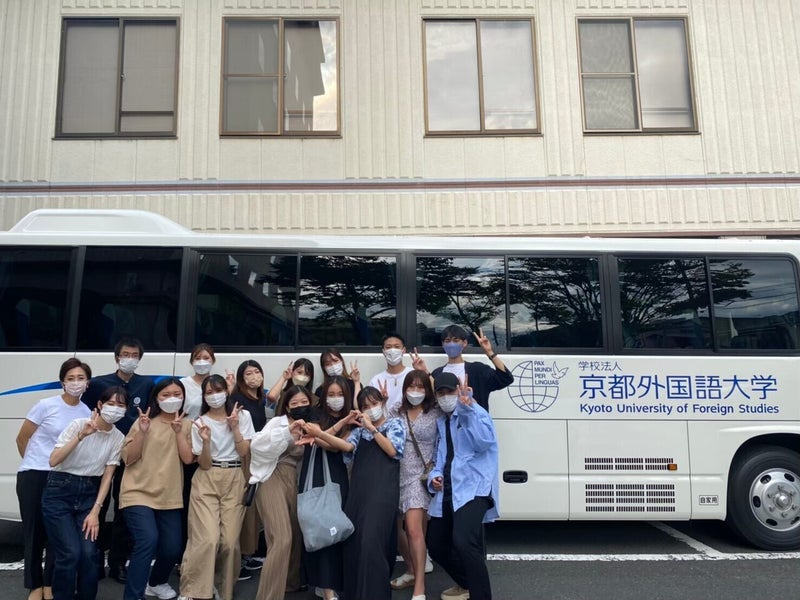
DAY3
On this day, we learned about the hospitality of the guest house from Ms. Oe, where we stayed on the first day, and Ms. Maruta, who runs a guest house near Kotohikihama.

At Kyotango, there is a group called Okami-san no Kai (* 5), which is formed by the owner of the guest house. In this group, they provide customers with a healthy breakfast using locally-produced ingredients under the theme of “Mago-wa-yasashiiko” (beans, sesame, wakame seaweed, vegetables, fish, shiitake mushrooms, potatoes, enzyme).
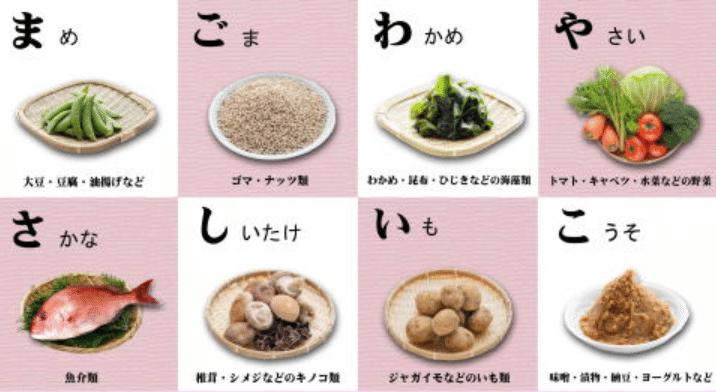
In addition, they share the fact that the current problem of guest houses is the serious labor shortage due to the aging of business owners. This lecture, allowed the students to think about “How can we help with this issue? “
After the hospitality lecture, we experienced dyeing postcards using Tango crepe under the guidance of Ms. Maruta, who has won many prizes at painting exhibitions in the past.
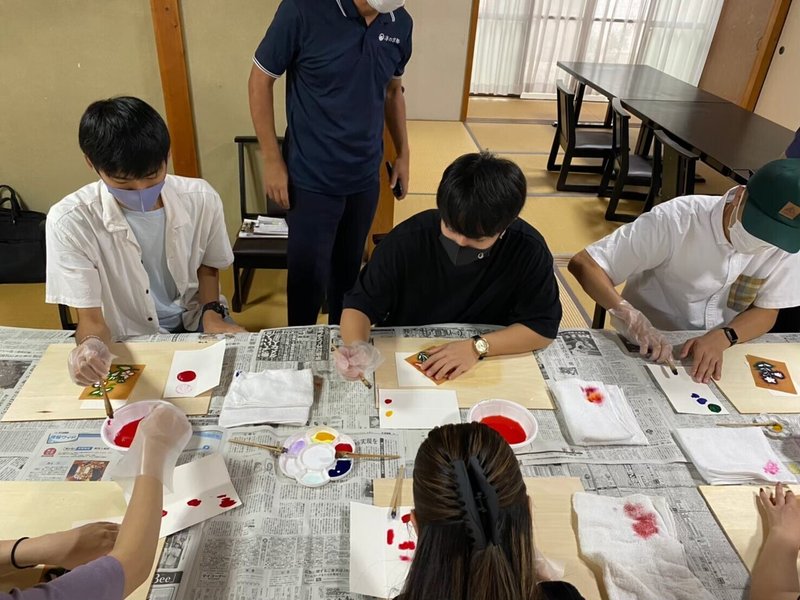
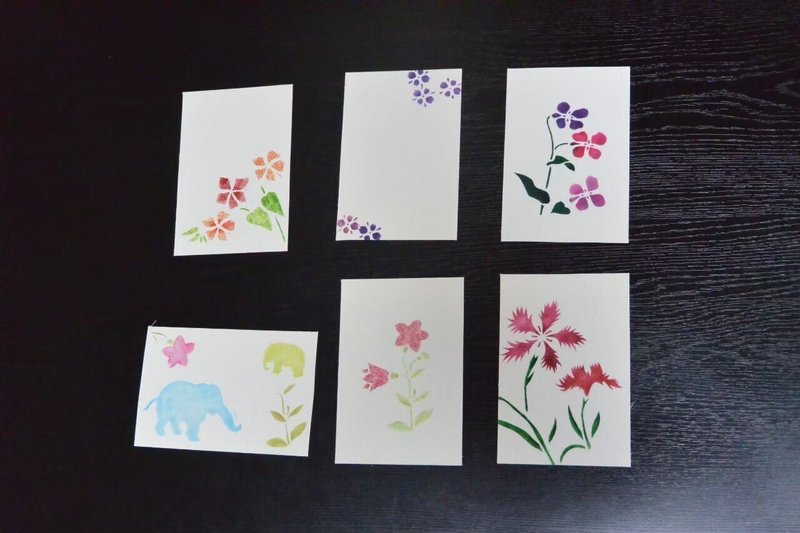
琴引浜ネイチャークラブハウス Kotohikihama Nature club house
After the postcard dyeing experience, Mr. Yasumatsu explained the mechanism and types of garbage flowing from various places on the ocean current at Kotohikihama Nature Club House.
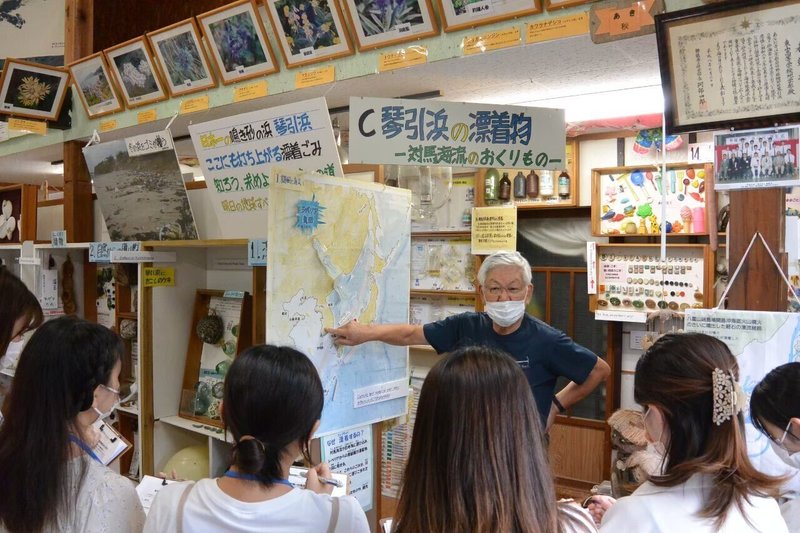
All the explanatory boards and exhibits in this facility were collected and made by Mr. Yasumatsu himself. From these exhibits, we could feel his passion for protecting the natural environment of Kotohikihama beach.
The students were also curious about some rare items such as drifting objects during the war and love letter from China which were packed inside of the plastic bottle.
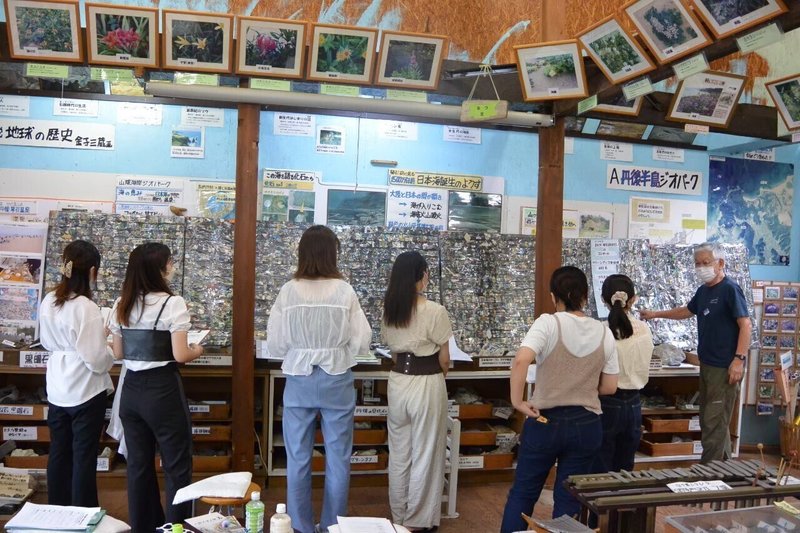
京丹後の自然に関する講演 Lecture on nature in Kyotango
At noon, Mr. Toshiaki Fujiwara, a charcoal-burning craftsman from Noma, gave us a lecture on nature in Kyotango.

“Few people are aware of such a situation, and the reason why they do not notice the serious situation of pollution is that they are not looking at it with intention. It is important to feed the sense to feel and accept the reality of the serious situation of pollution”.
After this lecture, the students repeatedly looked back on Mr. Fujiwara’s words and said that they would like to cherish this lesson when they thinking about environmental issues.
山陰海岸ジオパークガイド San’in Kaigan Geopark
At the end of the third day, Mr. Nakae, who has been a guide for the San’in Kaigan Geopark for many years, guided us to the Tateiwa and Onaru Ancient Burial Mounds.

Here on the San’in coast, you can see the uniquely shaped rocks and terrain created by the volcanic activity of ancient times, and everyone was impressed by the dynamic scenery.
Unlike World Heritage Sites, Geoparks are characterized by reflecting the local culture and people’s lives. For example, in the case of this San’in Kaigan, the crabs and Tango crepe, which are special products of Tango, are all foods and cultures created by this unique terrain and are evaluated as Geoparks including their cultural values.

At the end of the tour, Mr. Nakae asked the students for ideas to make this San’in Kaigan Geopark more known and enjoyable for visitors.
Despite being such a wonderful place, no student has known about it. As Mr. Nakae said, I awared that especially younger generations need to come up with ideas for raise popularity of this place.
DAY4
On the 4th day of the training, we went to the organic farm “Tentomushi Farm” where some students wanted to visit from before.
First, Mr. Inoue, the farm manager, showed us the compost-making site at Tentomushi Farm.
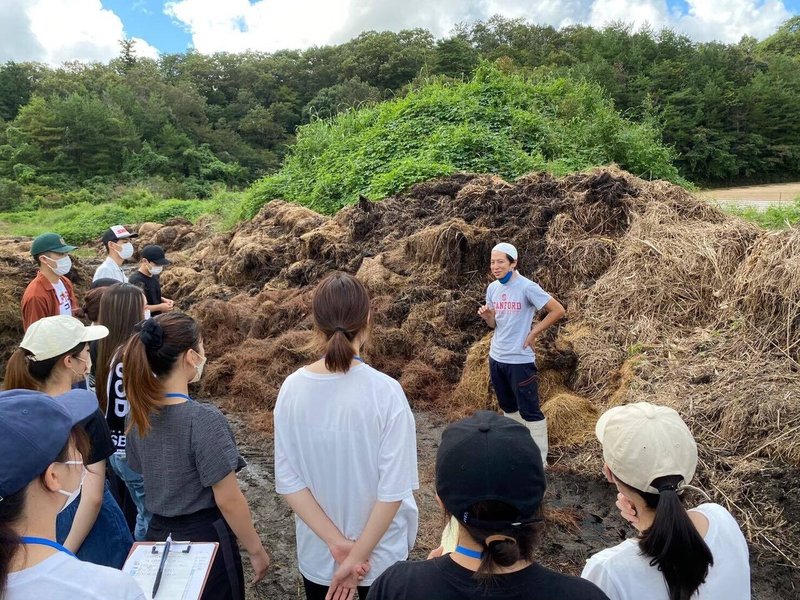
Organic waste such as fallen leaves and branches from the mountains were piled up.
It was surprisingly warm to touch the compost that gives off the smell of fermentation, and Mr. Inoue explained that microorganisms are in the process of decomposing organic waste such as fallen leaves into nutritious compost.
The students who touched the steamy pile of compost were impressed by the fact that they are not aware of it in the city, but they felt strongly that nature is circulating.

He took us green onion farm after showing the organic soil. We worked on covering the green onions with soil and removing grass. Most of students had never done farm work, but they were absorbed in it.
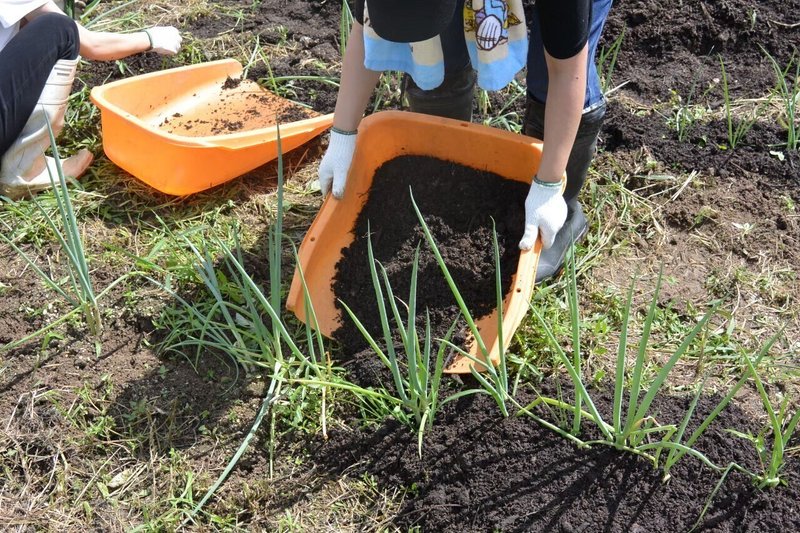
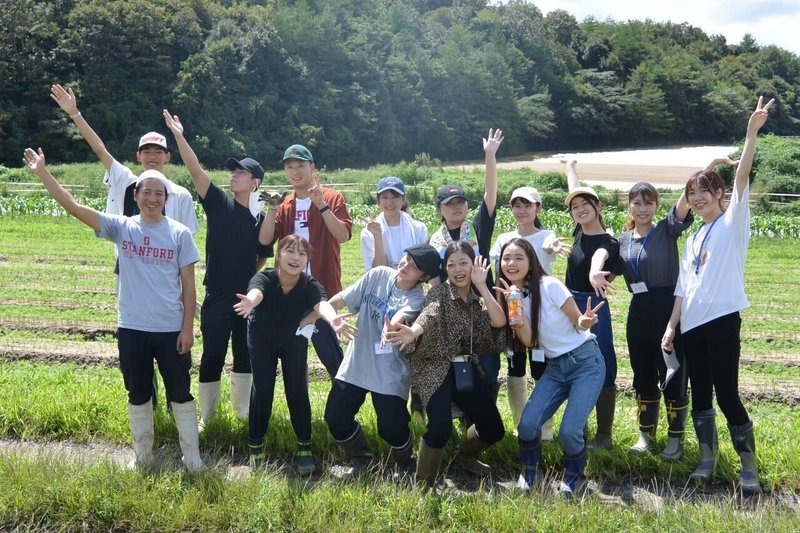
After that, we had lunch at the Tentoumushi Cafe, which serves meals using organic vegetables from the farm. The 100% organic lunch box was really delicious! The chef Tsushima, who has trained in France, taught us, “Because the body is made of what you eat, it is important to eat something as healthy as possible.”
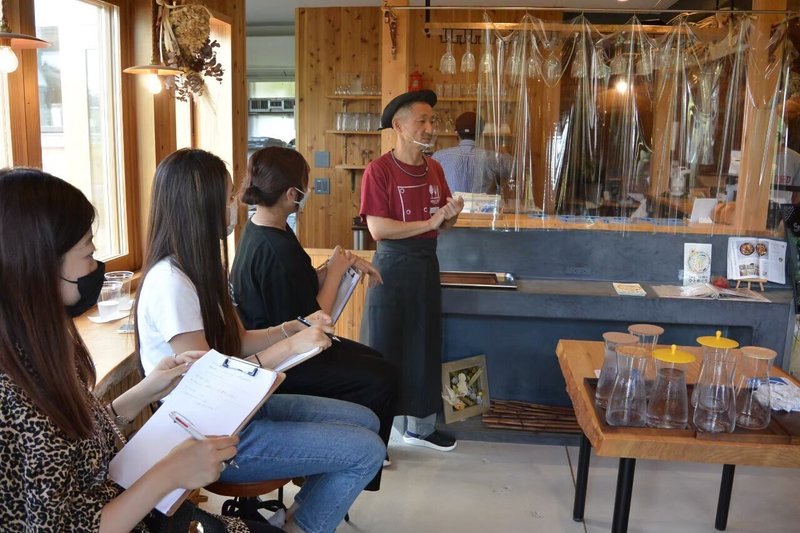
After the farm, we headed to roots, the facility where local high school students and local people can gather and have various exchanges and projects. While many young people leave Kyotango City when they go on to school or get a job, the activity was started with the desire to increase the number of “U-turners” who return to their hometown as much as possible.
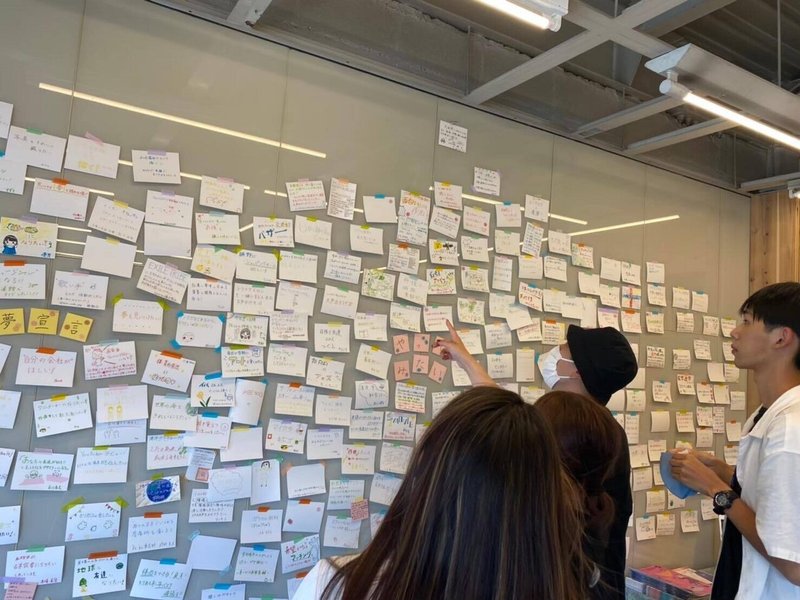
Sticky notes on the entire wall.
There were a lot of messages of “What I want to do in the future” written by high school students and local people. Ms. Inamoto, a counselor, said that she would like to work together with everyone in this city to gradually realize these hopes written on these sticky notes.

A local high school student also participated on this day and explained the plans for the “online school festival” she is planning now.
This is a place where high school students can involved in the local community and engage in activities. Students said, “I wish I had a place like this when I was a high school student.”
丹後くらし探求舎 Tango Kurashi Tankyusya
At the end of the 4th day, we went to the Tango Kurashi Tankyusha where engaged in activities to connect people and communities for making life in Tango more enjoyable.
Here, we interviewed Ms. Kobayashi, who moved to Kyotango City and established this organization.
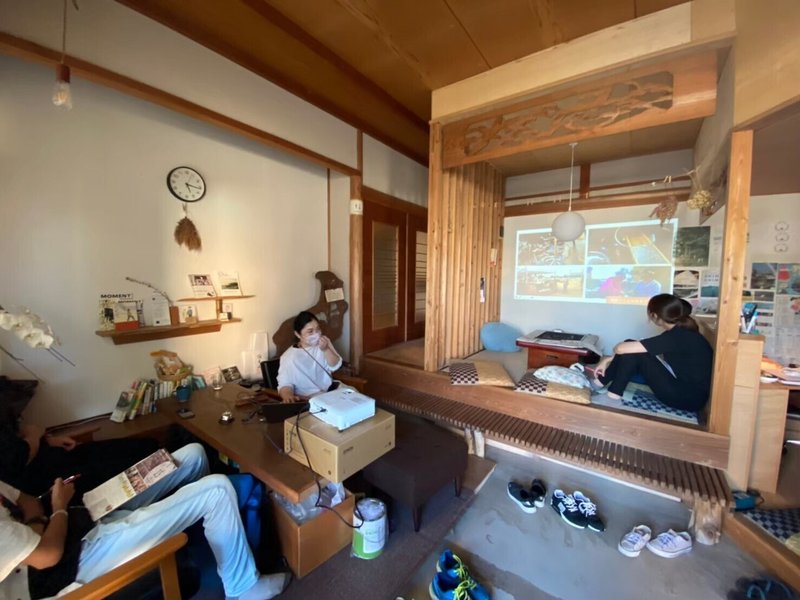
She said that the biggest reason why she moved to Kyotango was the connection with the locals. Many people helped when she moved here, so she started this place for supporting those who are thinking about moving here as well to become familiar with the area.
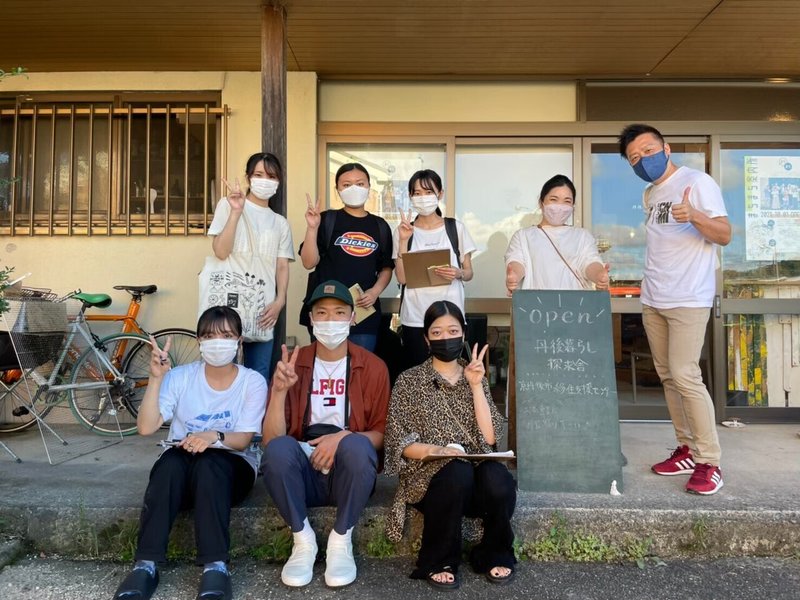
Ms. Kobayashi often introduces her favorite places and people to the customers. I feel that one of the characteristics of Tango, including Ms. Kobayashi, is that many people can convey the charm of the region as ambassadors.
振り返り・グループワーク Review・Group work
This is the second to last day.
Through the program so far, we asked each group to look back on the program and share the contents of the final presentation.

After visiting the roots and the Tango Kurashi Tankyusha, some groups planned to create content that could increase U-turns as much as possible by tourism.
Comparing the contents of everyone before and after the program, it is much deeper because they come to Tango, experience, and listen to the stories of various people.
I am looking forward to the final presentations!
Last Day…
吉翠苑 ホスピタリティに関する座学 Lecture about hospitality of the hotel @Kissuien
This day is finally the last.
At the beginning of the last day, we had a lecture on hospitality from Ms.Tanaka at Kissuien where we stayed last night.
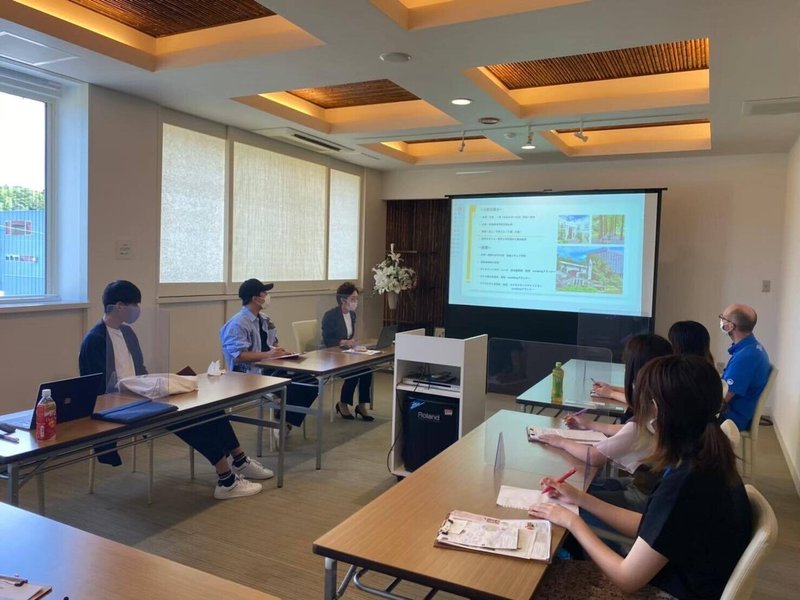
At this hotel, it is important to connect with the locals by serving meals using ingredients from local producers such as Tentoumushi Farm at the restaurant.
In addition, Ms.Tanaka said that they are also considering the environment, such as setting up a meat-free day at the restaurant, cleaning the sheets only on the 4th day instead of every day, and setting up an eco-plan to reduce excessive amenities.
Also, in the lecture, she taught us about hospitality from her experience as a wedding planner in her previous job.
Some students planning to work in the hotel industry in the future and said that they would like to make use of what they learned about Kissuien’s high-quality customer service in the future.
峰山町散策 Walk around Mineyama Town
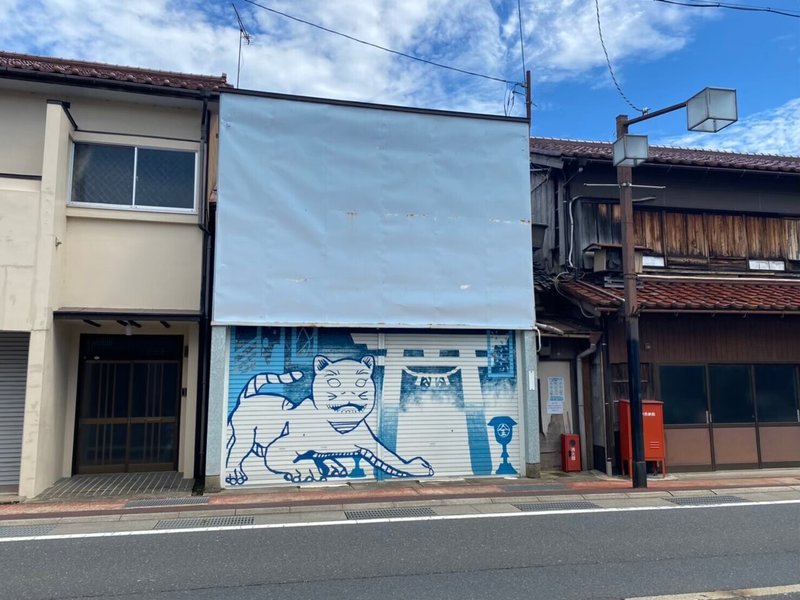
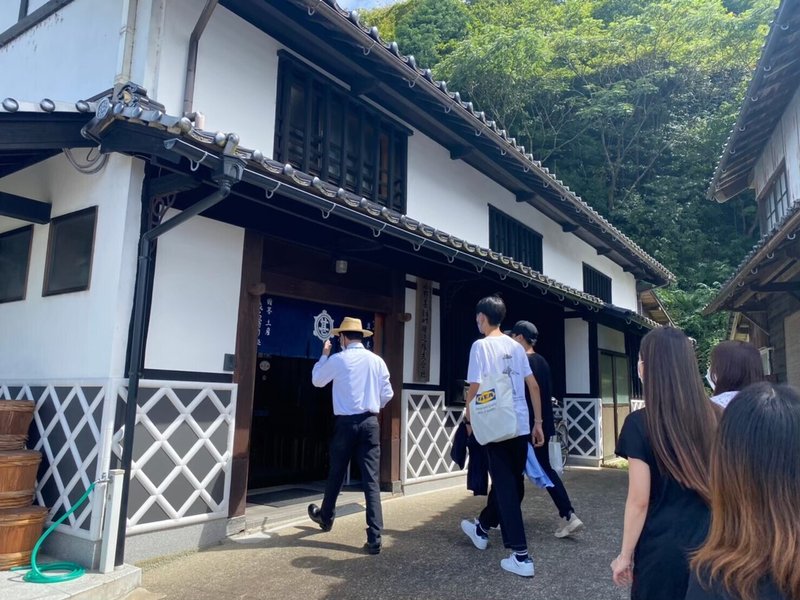
Next, Mr. Taie and Ms.Tanaka, the landlady of Kissuien, showed us around the historic town of Mineyama and explained about the Kotohira Shrine, which is closely related to Tango Chirimen.
It is famous for being the only place in Japan where guardian cats (* 6) are enshrined instead of guardian dogs.

※6 狛猫 Komaneko
Kyotango once prospered as a major producer of Tango crepe but suffered from the damage that mice eat the silkworm and fabric necessary for the crepe. When many people started to keep cats at each workshop, they drove mice away and saved the industry so cats are still worshiped in Kyotango.After that, we had the experience of painting a Komaneko pottery.
Looking at the finished Komaneko, each individuality appears.
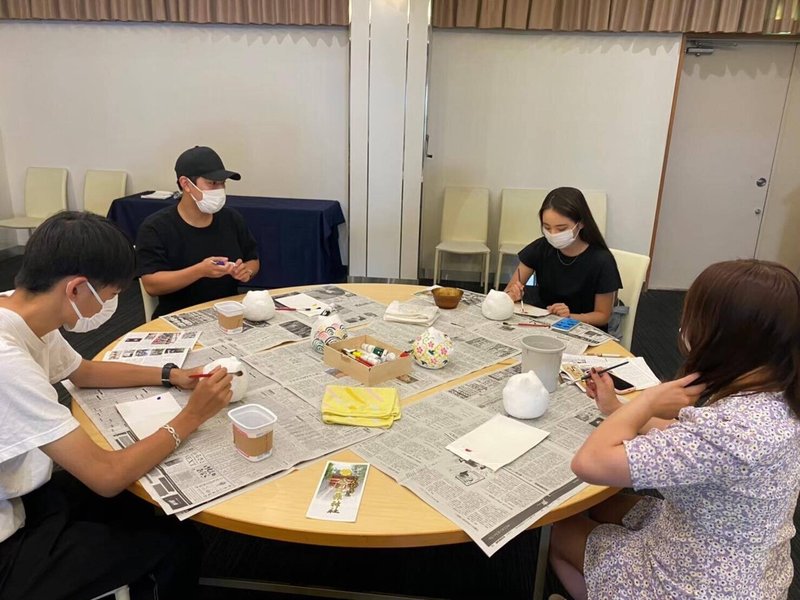

We also visited Yoshimura Store, a long-established crepe wholesaler that has been in business for 150 years, and showed us beautiful cloth.
They gave us a Tango crepe mask designed Amabie, the guardian deity of the plague.

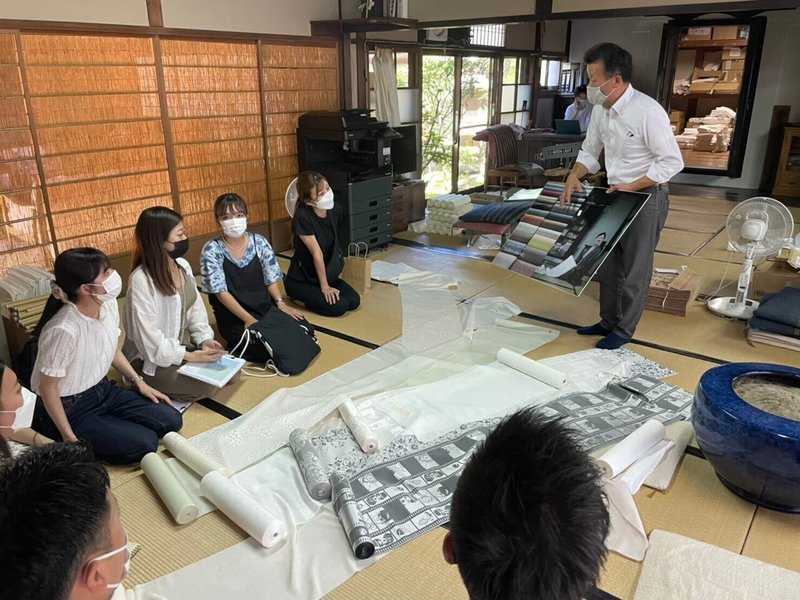
嬉しいサプライズ Happy Surprise
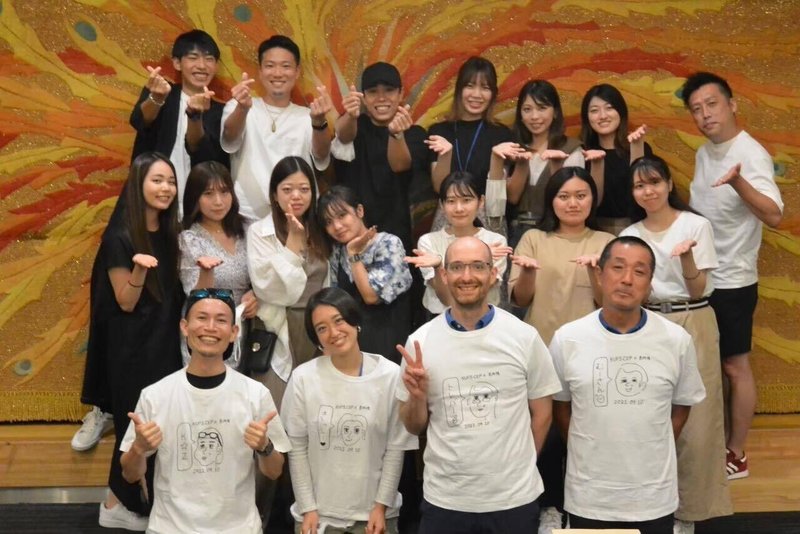
It’s finally time for them to go back to the city.
Before the students leave the hotel, they were start fidgeting.
Then, as a surprise, we received a handmade T-shirt with a each staff’s portrait and a message written by all students as a gift …!
When I imagine that everyone was secretly preparing for the last day, I almost cry but Mr. Murakami who planned and operated this program together with us already cried next me. lol
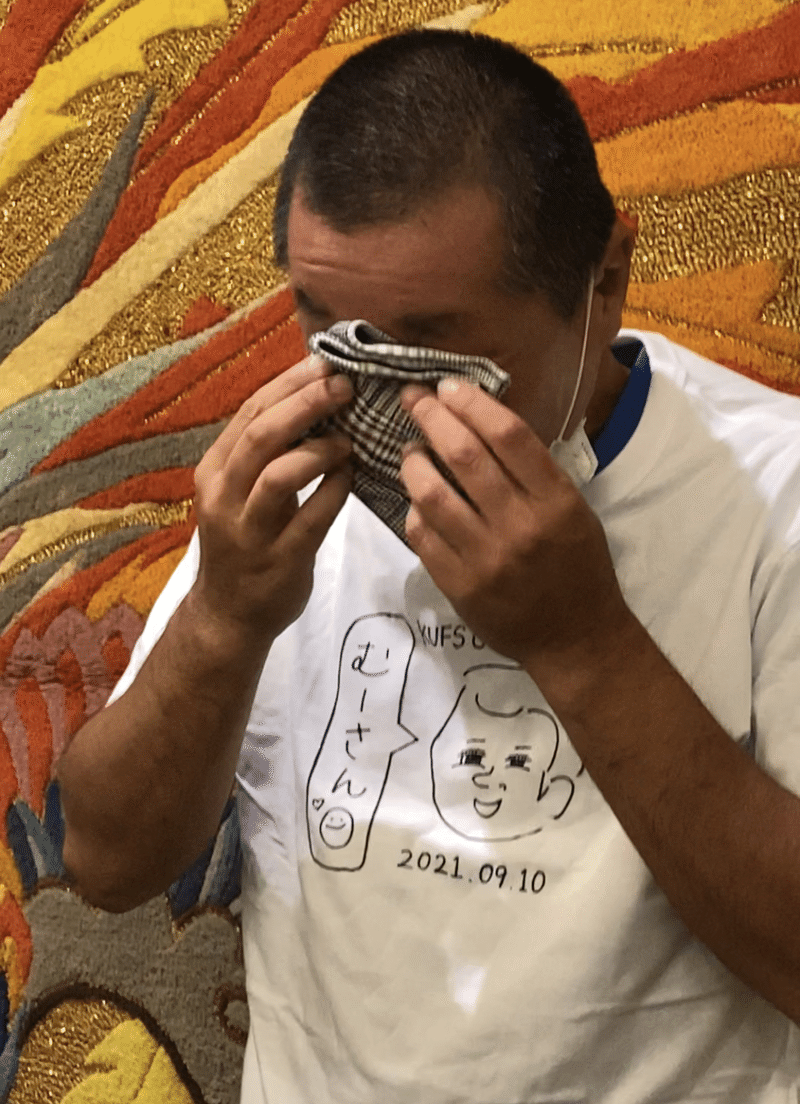
最終発表 The final presentation
Group①大学生研修旅行プラン Study Tour for college student

Group②結芽プロジェクト “Yume” project
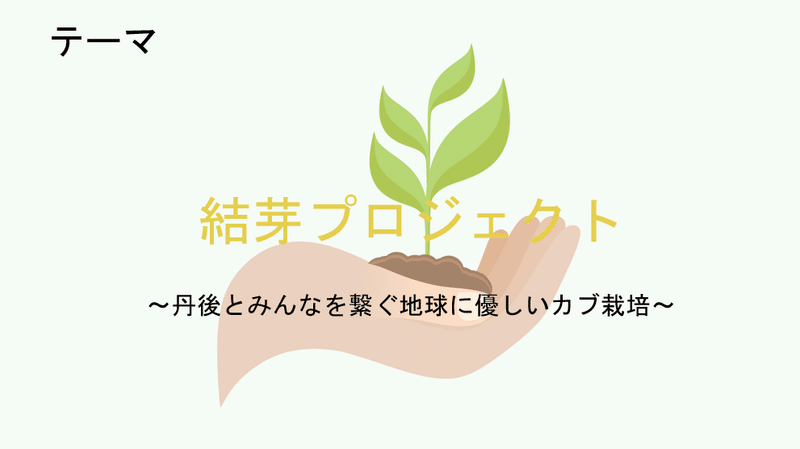
Group③探しに行こう。あなたが見つける京丹後 Let’s find, Your Kyotango

Group④京丹後の移住に関する調査報告 The survey report on relocation in Kyotango
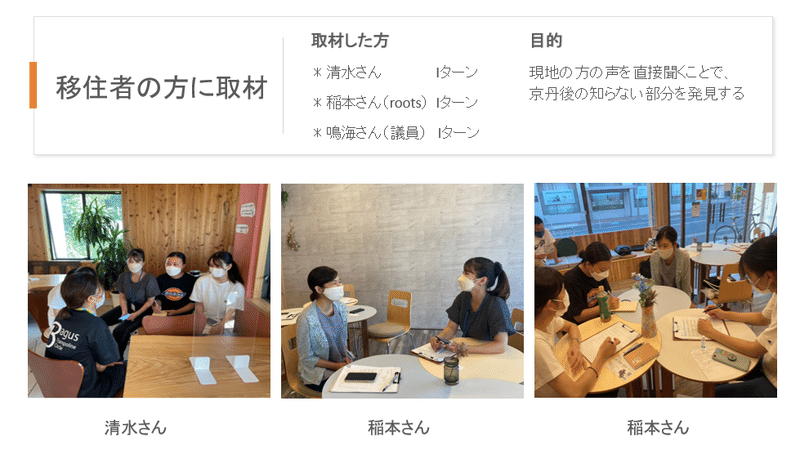
Look back on CEP
At beginning of the program, I could not see the students actively engaged in the training, and honestly I was worried about the final presentation.
However, gradually the students got motivated in the program. (some students stay up until midnight and came to ask questions, etc.)
We could see clearly about the change of their view of Kyotango from the quality of their final presentation as well, so I think that by actually visiting Kyotango and interacting with local players, every student could think of the local issues as “your own business, not other people’s business”.
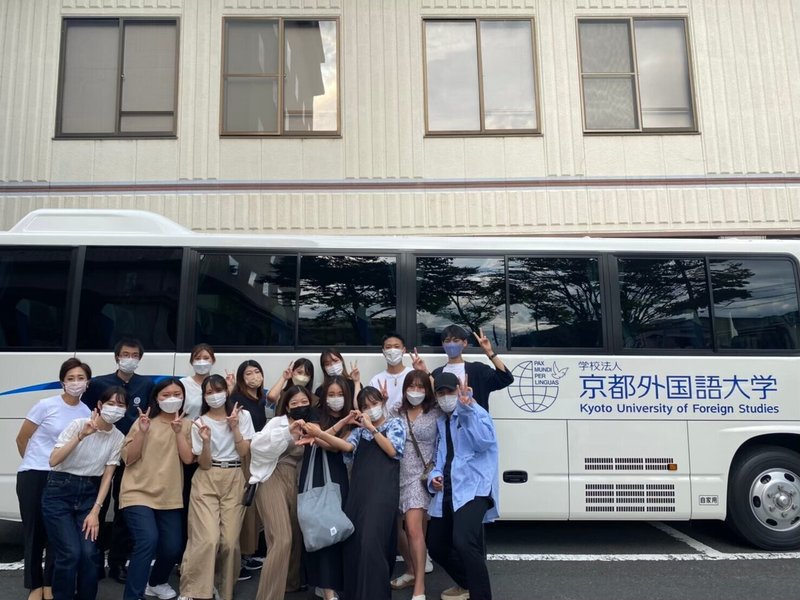
Even after this program finished, almost all the students came to visit us in Kyotango.
In addition, after this program, some of the students volunteered to plan and open a stall of miso soup using local food and food loss at the food event “Tango de Marche” that was held in the Tango Kingdom.
They told us that they decided to open a stall at this event with gratitude to all people who took care of them during this program.
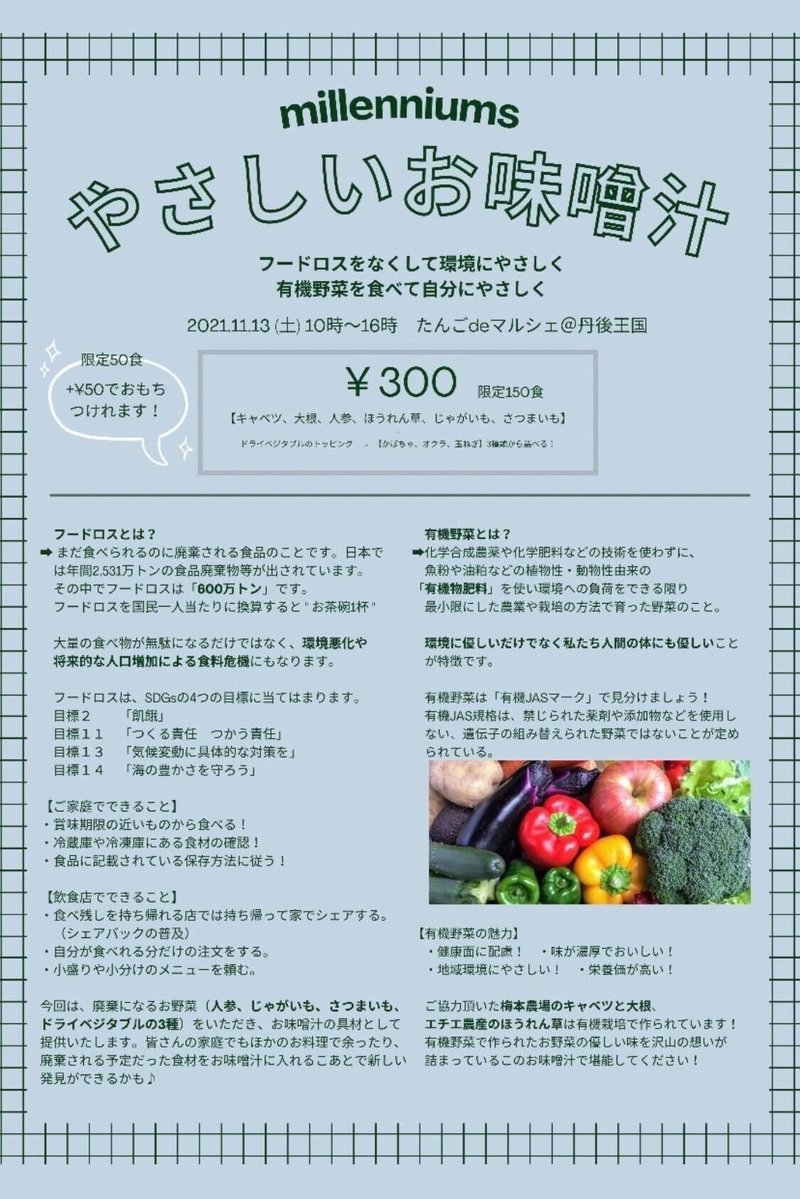
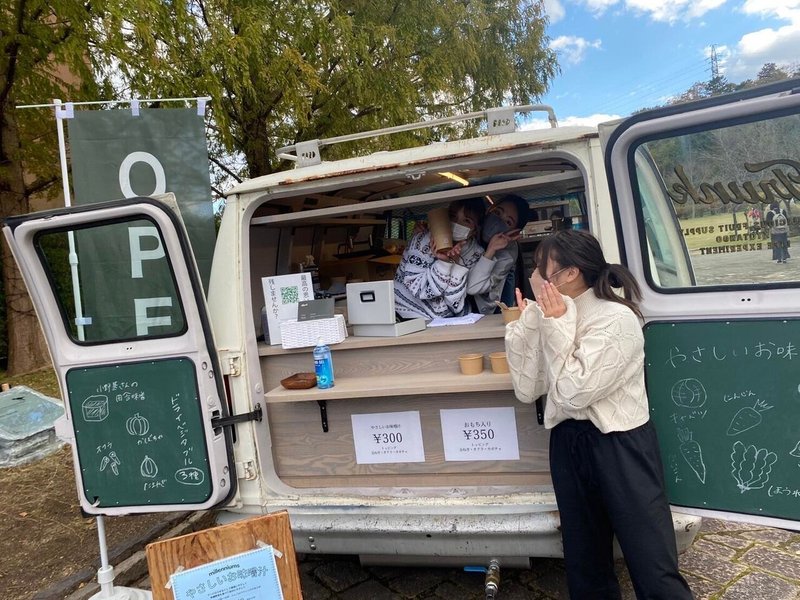
Through this program, I strongly feel that the students are not only gain a lot of learning and experience, but it leads to an increase “related population” who would continue to be involved with Kyotango in some way after the program.
Next time, we will accept students in February. I am looking forward to creating new connections between Kyotango and students.
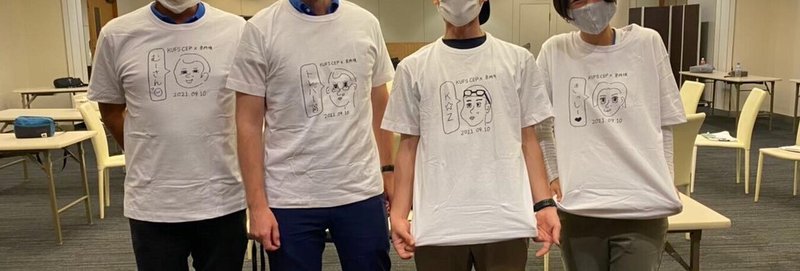
☺Thank you for reading☺
Writer:岸 あやか Ayaka Kishi(一般社団法人Tangonian)